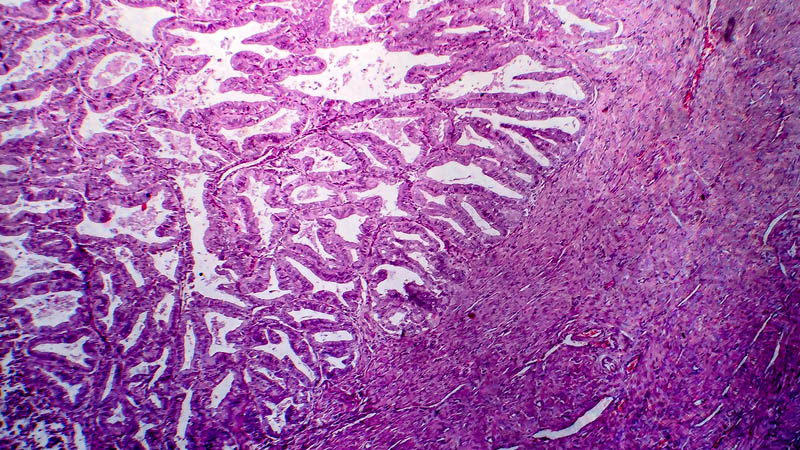Vaginal intraepithelial neoplasia – a difficult diagnostic and therapeutic problem
 Affiliacja i adres do korespondencji
Affiliacja i adres do korespondencjiVaginal intraepithelial neoplasia is a rare, usually asymptomatic condition mainly caused by human papillomavirus infection. It is characterized by the presence of epithelial dysplasia, which may give rise to invasive vaginal cancer. Vaginal intraepithelial neoplasia most often develops in women over 50 years of age, it usually occurs at the vaginal vault and is multifocal. The condition is usually diagnosed in patients with a history of hysterectomy, especially due to intraepithelial cervical lesions. There are currently no uniform guidelines to specify the management in patients with vaginal intraepithelial neoplasia. There are various treatment options, the efficacy of which depends on multiple factors. Treatment should be adjusted individually for each patient, accepted by the patient and implemented in an experienced center. The aim of this paper was to review the literature on the diagnosis, treatment, incidence and the risk of progression of vaginal intraepithelial neoplasia into invasive cancer. Clinicians should know the efficacy of different treatment options in order to be able to chose the best treatment strategy and implement it at the right time. We searched through the PubMed database for papers published up to January 2020 using the following keywords: vaginal intraepithelial neoplasia/VaIN, vaginal dysplasia, HPV DNA tests, cytology, colposcopy, hysterectomy, treatment, human papillomavirus. We additionally searched through links to the downloaded articles.









